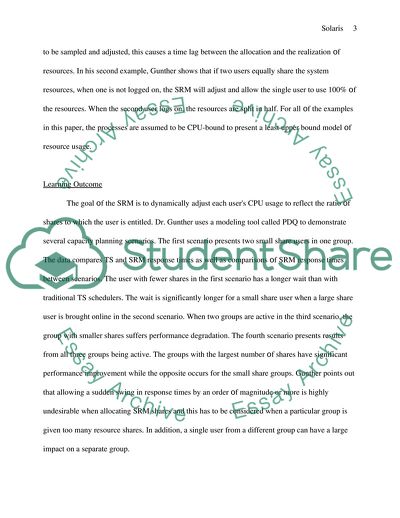Cite this document
(Solaris System Resource Manager as It Is Essay Example | Topics and Well Written Essays - 3000 words, n.d.)
Solaris System Resource Manager as It Is Essay Example | Topics and Well Written Essays - 3000 words. https://studentshare.org/technology/1713080-what-sort-of-entity-is-solaris
Solaris System Resource Manager as It Is Essay Example | Topics and Well Written Essays - 3000 words. https://studentshare.org/technology/1713080-what-sort-of-entity-is-solaris
(Solaris System Resource Manager As It Is Essay Example | Topics and Well Written Essays - 3000 Words)
Solaris System Resource Manager As It Is Essay Example | Topics and Well Written Essays - 3000 Words. https://studentshare.org/technology/1713080-what-sort-of-entity-is-solaris.
Solaris System Resource Manager As It Is Essay Example | Topics and Well Written Essays - 3000 Words. https://studentshare.org/technology/1713080-what-sort-of-entity-is-solaris.
“Solaris System Resource Manager As It Is Essay Example | Topics and Well Written Essays - 3000 Words”. https://studentshare.org/technology/1713080-what-sort-of-entity-is-solaris.


